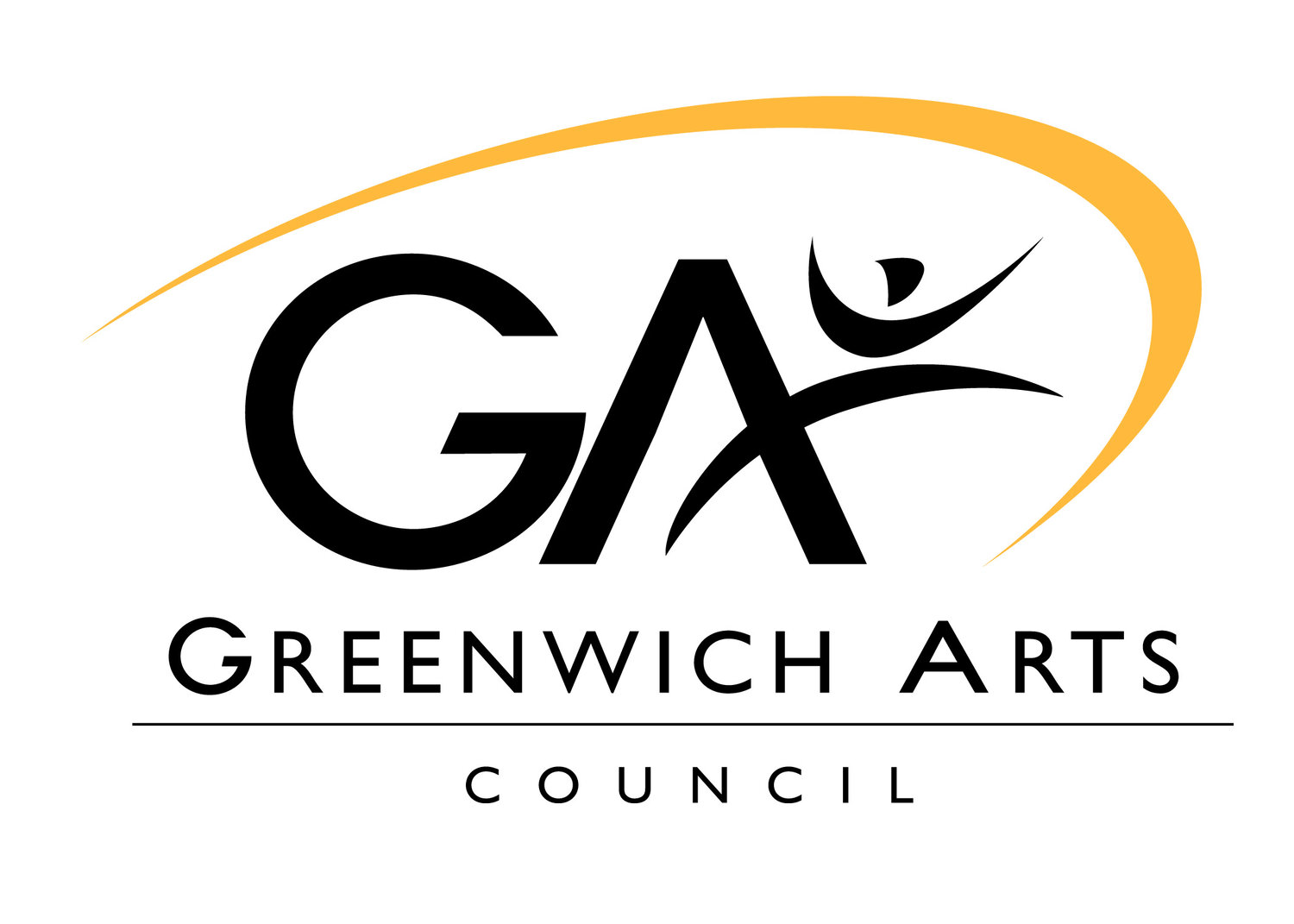Charlie Hewitt
"Hopeful" is a work of art created by renowned artist Charlie Hewitt. It's a temporary art piece that was put in place on the front lawn of the Greenwich Arts Council. The sign is built to resemble roadside signs from the 50s and 60s that would typically feature arrows pointing to a business with elaborate letters lit with incandescent bulbs, arrows, and light bulbs.
About Charlie Hewitt
Born in Lewiston, Maine in 1946, Hewitt grew up in Auburn, known as the twin cities of Maine. A student of Philip Guston, David Hare and Elaine DeKooning at the New York Studio School, Hewitt has played a significant role in printmaking in Maine since 1984, when he returned to the state to work at the Vinalhaven Press.
While growing up, Hewitt was surrounded by the tremendous energy and culture of the mill working communities. He speaks of standing near the Wiseman Bridge, on Canal Street in Lewiston as a boy, to watch the hundreds of millworkers pour in and out of the mills at the end of a shift. Hewitt also talks of the three Priorities that were common to all in these communities -- the church, family, and work. Though indirect references, these influences and experiences have infused Hewitt's artwork throughout his career and are the foundation for some of the imagery and symbols he creates.
Hewitt is an extremely talented, energetic and physical printmaker. He cannot sit still and is compelled to work, to draw and to carve. For Hewitt, the process of beginning and developing an image and the collaborative nature of printmaking, are what make the medium so appealing. He often speaks of his desire to portray "things," or "stuff" in his art. In speaking of his painting, he has said, "When I paint a form, it's real to me. It actually exists - as if it is, say, a rope or a chain. This statement is amply demonstrated, for instance, by just one of his motifs: the appearance of brawny hands, usually grasping tools. The viewer may be reminded of how often Rembrandt depicted hands (one of the most difficult problems in draftsmanship), and how their gestures reveal deeply human qualities. This physical reality -- both of the object and the representation of it -- is a major characteristic of Hewitt's prints and sculptures.

